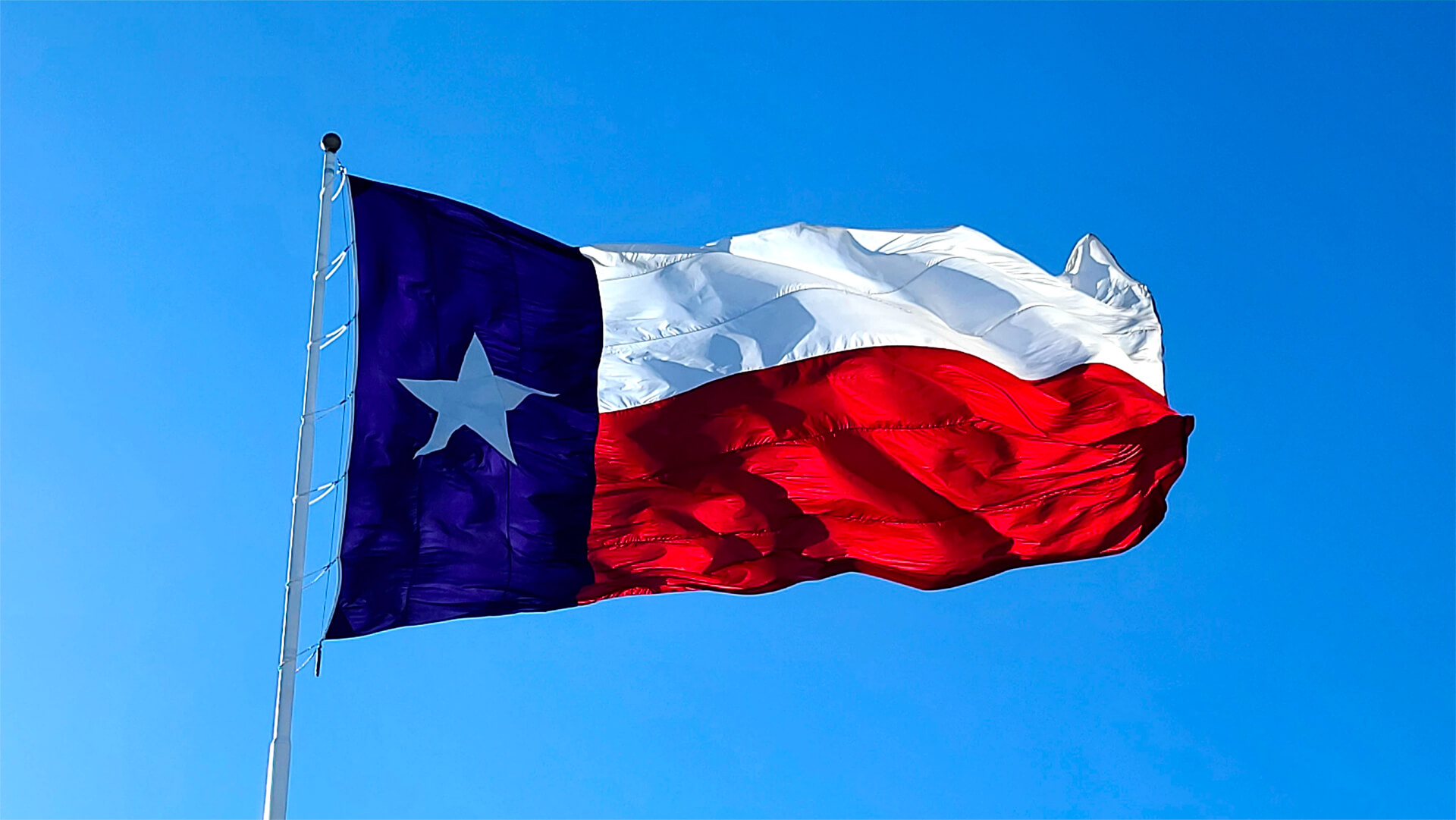I moved from Austin to Denver just under two years ago. Austin is a great city. Young, hip, great food, lots of outdoorsy stuff. But most of my free time is in the summer. So, I’d spend the fall, winter and spring flying here and there only getting glimpses of the wonders of Austin. Then when I’d return home for a long stretch – typically mid-June – temperatures would be above 100 degrees and wouldn’t drop back down into something more civilized until it was time for me to head out again in late-September. So, I relocated to Denver where my free time overlapped with weather that is truly glorious.
So, imagine my shock – and the shock of my Austinite friends I left behind – when for the four days beginning February 15 it was warmer at my home near Denver at 7500 feet than it was in Austin. A freak storm front – an Alberta Clipper, a bomb cyclone, a polar vortex, whatever name you choose – crashed down into the middle third of the country, plunging everyone into a once-in-a-decade-or-more deep freeze. In my 20 years in Austin, we cumulatively received less than three inches of snow. This past week Austin got over a foot.
Texas is the country’s energy capital, both in terms of greentech and conventional power. It’s by far the top U.S. state in terms of wind power generation, it is rapidly moving up the ranks for solar power, and everyone understands’ that it reigns supreme in oil and natural gas.
The storm front seized up everything. It coated wind turbines with ice, forcing 7GW—approximately 10% of Texas’s available grid–offline. It turned associated water that often occurs as part of natural gas production to ice, shutting in half of the state’s production. Oil was similarly impacted, stopping some two-thirds of Texas’s output. Between these direct issues and follow-on ones – water coolant at nuclear power plants froze, forcing shutdowns; insufficient natural gas led to fuel shortages shutting down nearly 17GW–approximately 25% of Texas’s available grid; oil and power curtailments necessitated shut-downs of the bulk of Texas’s refineries leading to mass gas station closures – some seven million Texans lost power. Some for days.
Anti-Green voices were quick to condemn the wind turbine issues as proof that greentech will never work. Anti-fossil fuel voices were quick to condemn conventional fossil-fuel thermal-power generation as broken beyond repair. Both are wrong. Deliberately, stupidly, hilariously wrong. What happened is a lot more basic.
Texas doesn’t normally get winter, and so isn’t winterized.
The technologies and equipment required to operate energy systems at temperatures below 20 degrees are not new. They have been used regularly for decades in places as far removed as Ohio, Oregon, West Virginia, Peru, Tajikistan, Chechnya, and Bosnia. They aren’t technically difficult. They aren’t overly expensive. What they are is usually unnecessary in areas that never have winters. You’re just not going to see things like heating elements embedded in the blades of wind turbines or insulation on natural gas pipes in places like Brazil, Sicily, Vietnam…or Texas.
And yet as hot as Texas gets, and as mild as Texas’ winters normally are, it is not a tropical location. Its climate zones span the range of desert, steppe, Mediterranean, and subtropical. Cold and snow can and do happen. Just not often. But apparently, it happens often enough that Texas now needs some basic winterizing. I’ve no doubt that Texas can manage this. Oklahoma, after all, does stuff like this as a matter of course.
Here’s a link to by far the best article I’ve read on the hows and whys of what went wrong:
Deep in the heart of Texas’ collapsing power grid | Ars Technica
There will be three outcomes here.
First, the entire incident has dented Texas’ reputation as a low-regulation, low-risk and above all else low-cost place to do business. Winterizing isn’t difficult or overly expensive, but it cannot be done overnight, and it is not free. Those costs must be passed on to anyone who uses fuel or electricity, which is, well, everyone. I still believe Texas will be the U.S. state that will do the best in this rapidly deglobalizing world we are entering, but some of the shine has undoubtedly come off.
Second, a post-mortem of the recovery process will make it very obvious which pieces of infrastructure will recover more quickly. Burst pipes must be repaired or replaced. Homes that require natural gas for heating will have to have everything inspected to prevent catastrophic follow-on fires and explosions. Coal piles that have frozen through all the way to the ground will take several days to fully thaw. But wind turbines? A little sun on the blades and they can start spinning again.
We’ve all assumed that the intermittent nature of greentech generation is a negative, necessitating it being backed-up and balanced-out by more reliable conventional electricity sources like natural gas burning power plants. For the most part that remains true, but this coming week Texas will demonstrate that in some circumstances wind is actually more reliable than supposedly rock-solid, non-intermittent, fully-dispatchable fossil-fuel driven power. That unexpected lesson will lodge itself into Texans’ collective subconscious and color infrastructure decisions for years.
Third, that lesson will find itself reinforced by the issue of longer-term costs.
Safeguarding wind turbines so the events of this past week can never happen again only requires some built-in heating elements or a few drone ports to manually de-ice. Once (or maybe twice) and done. But safeguarding more conventional power generation? Insulating every above-ground oil, natural gas, and water pipe in a state that’s bigger than France? Building out internal storage for coal piles at coal plans? Developing natural gas storage depots rather than relying upon just-in-time fuel deliveries? Insulating the country’s largest concentration of petroleum refineries? Each incremental improvement might be easy, but Texas will need to upgrade everything. The cost will easily run into the tens of billions.
Think this is going to be waved away? Think again. I didn’t simply bring up Austin at the beginning of this newsletter because that’s where I lived, it was also the city that faced the biggest electricity disruptions. Hospitals had to be evacuated. Austin is the state capital, which means the bureaucrats who regulate the Texas power structure were the people who got hit hardest. They. Will. Act. So. This. Never. Happens. Again. And they should.
I don’t believe for a second that Texas is going to reduce oil and natural gas production. The fuels are simply too central to modern economic life. Greentech is nowhere close to being able to eclipse them. But that doesn’t mean the balance cannot shift as regards electricity. As wind turbines get taller, they can tap stronger and more reliable wind currents. The newly installed towers already top 500 feet and are getting bigger by the year. That means while the cost of winterizing the towers will increase linearly, the power those larger turbines generate goes up exponentially. That doesn’t happen with a coal plant.
Texas has massive swathes of great wide windy open land practically custom-made for today’s greentech. After this week Texas’ utilities will have a new appreciation for just how quickly wind power can bounce back after a historically devastating series of storms.
Evolving in the direction of a low-to-no-carbon future was never going to be cheap or simple, and for greentech to really catch on it must convince those who require reliable electricity that its output can be trusted. Texas, a place synonymous with oil, is about to turn that cultural corner.
If you enjoy our free newsletters, the team at Zeihan on Geopolitics asks you to consider donating to Feeding America.
The economic lockdowns in the wake of COVID-19 left many without jobs and additional tens of millions of people, including children, without reliable food. Feeding America works with food manufacturers and suppliers to provide meals for those in need and provides direct support to America’s food banks.
Food pantries are facing declining donations from grocery stores with stretched supply chains. At the same time, they are doing what they can to quickly scale their operations to meet demand. But they need donations – they need cash – to do so now.
Feeding America is a great way to help in difficult times.
The team at Zeihan on Geopolitics thanks you and hopes you continue to enjoy our work.








